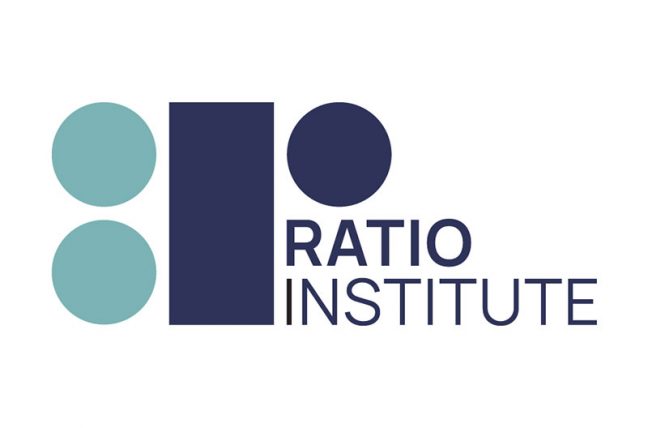From leaky gaskets to overnight heat loss, small inefficiencies add up fast. As we continue our sustainability series on resource management, we focus this month on the benefits of energy efficiency and how effective energy use can positively impact the bottom line.
Alongside labor, a grocery store’s electric bill is typically one of its highest operating costs – particularly today, as utility prices continue to rise.
“Reduce costs, reduce costs, reduce costs” has been a mantra among food retailers for decades. That’s because industry professionals know it’s often easier to reduce costs than to increase sales. 
Here’s why: When efficient practices and equipment are in place, a ratchet effect occurs – allowing retailers to maximize bottom-line profits. This ratchet effect refers to the multiplying benefit that efficiency has on profit.
Since energy bills are paid out of gross profits, and the industry’s 10-year average profit margin is just 1.74 percent, a store must sell $18 worth of product to generate $1 in gross profit.
That means a $1 reduction in electrical costs has the same bottom-line impact as $18 in sales revenue – a powerful ratchet effect.
Retailers across the country can often identify inefficiencies. Yet many still lack the resources to quantify and strategize around improving efficiency.
Take a common inefficiency like a leaky gasket on a walk-in freezer. If we conservatively estimate a cost of $3-$5 per day, that adds up to $1,913 annually. While that may seem non-urgent, understanding the ratchet effect can shift that perspective.
Efficiency gains shouldn’t be compared to sales in a 1:1 ratio. Covering $1,913 in costs requires $34,434 in grocery sales. That’s because retailers must sell $18 of groceries for every dollar of increased cost – the profit from those sales covers the inefficiency.
Due to this dramatic 18:1 sales-to-cost ratio, food retail has a much greater opportunity to maximize profits through systematic energy efficiency than many other industries.
When scaled across an entire chain, the impact becomes more compelling. A $1,913 increase in costs per location for a 200-store chain equates to $6.9 million in sales. It’s far easier to ensure each store has efficient walk-in freezer doors than to increase annual sales by $6.9 million.
Consider this: Walk-in cooler and freezer doors left open unnecessarily for an average of 4.5 hours per day cost $5,740 annually per door. That cost requires $103,320 in sales to offset per door.
Raising employee awareness to reduce door-open time by just one hour per day can prevent the need to generate an additional $23,000 in annual sales.
Overstocking cases and blocking return air vents can spill cold air onto the sales floor. Blocking 20 feet of return air vents costs $3,431 annually and requires $61,758 in sales to cover. This is another opportunity to engage employees in improving efficiency.
Other inefficiencies include heated wrapping machines left on overnight and outdoor soda machines in winter (which heat soda to prevent freezing). These appliances can cost up to $1,895 annually and require $34,110 in sales to offset.
After conducting hundreds of audits nationwide, the Ratio Institute has found that retailers can identify $15,000 in easy cost reductions in just 15 minutes. That $15,000 in savings is equivalent to $270,000 in sales.
Partnering with external organizations can also help raise employee awareness and improve business efficiency – an essential aspect of resource management.
So, is it easier to reduce costs or increase sales? For decades, the best strategy has been “reduce costs, reduce costs, reduce costs.” Today, that remains the most sustainable and economically powerful approach for businesses navigating uncertainty.
[RELATED: A Resource In The Wrong Place – The Economics Of Grocery Waste]

